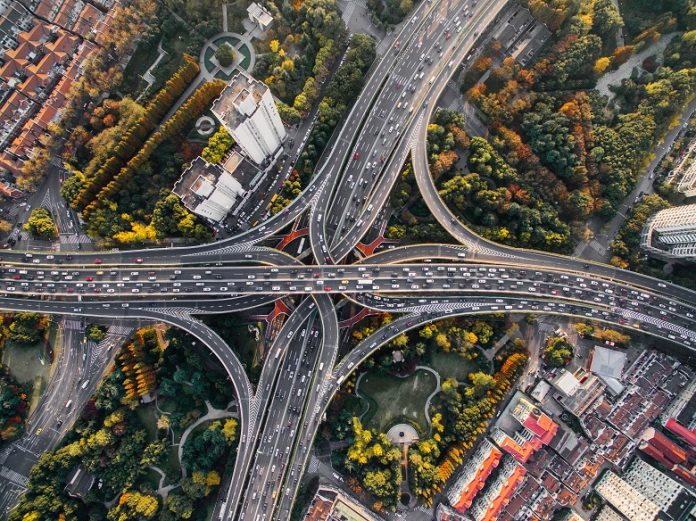This fall marks ten years since Chinese President Xi Jinping announced the Belt and Road Initiative, the vast infrastructure project that China devised to boost trade and connectivity across Asia, Europe and Africa.
Over the years, the Belt and Road Initiative (BRI)—also known as the One Belt and One Road Initiative or the New Silk Road—has included numerous physical development and financial investment projects ranging from the construction of railways to satellite networks. The endeavour remains one of the largest infrastructure plans ever initiated by a single country.
“Belt and Road international cooperation has gotten off the ground, grown rapidly and produced fruitful outcomes,” Xi said in October during a ceremony marking the BRI’s tenth anniversary. “Covering the land, the ocean, the sky and the internet, this network has boosted the flow of goods, capital, technologies and human resources among countries involved.”
President Xi unveiled the BRI in a series of speeches made in Kazakhstan and Indonesia in September 2013. The initiative is rooted in China’s long history of facilitating trade and commerce across the ancient Silk Road routes that connected Asia, the Middle East and Europe.
The BRI was established with two primary components: the Silk Road Economic Belt and the 21st Century Maritime Silk Road. The Economic Belt part of the strategy aims to build and expand land routes for people and commerce across Europe, the Middle East, Central Asia and Asia. Meanwhile, the Maritime Road component consists of plans for expanded sea routes across East Asia, South Asia, the Middle East and Africa.
The BRI is based on five priorities: policy coordination, facilities connectivity, unimpeded trade, financial integration and people-to-people bond. In 2017, the Communist Party of China officially incorporated the advancement of the BRI into its constitution.
BRI projects and investments have been implemented in numerous countries across Asia, Africa, Europe and even South America. The projects include constructing or upgrading roads, ports, railways, pipelines and other trade-related infrastructure.
Total BRI spending has already surpassed $1 trillion.
Source: World Economic Forum





































